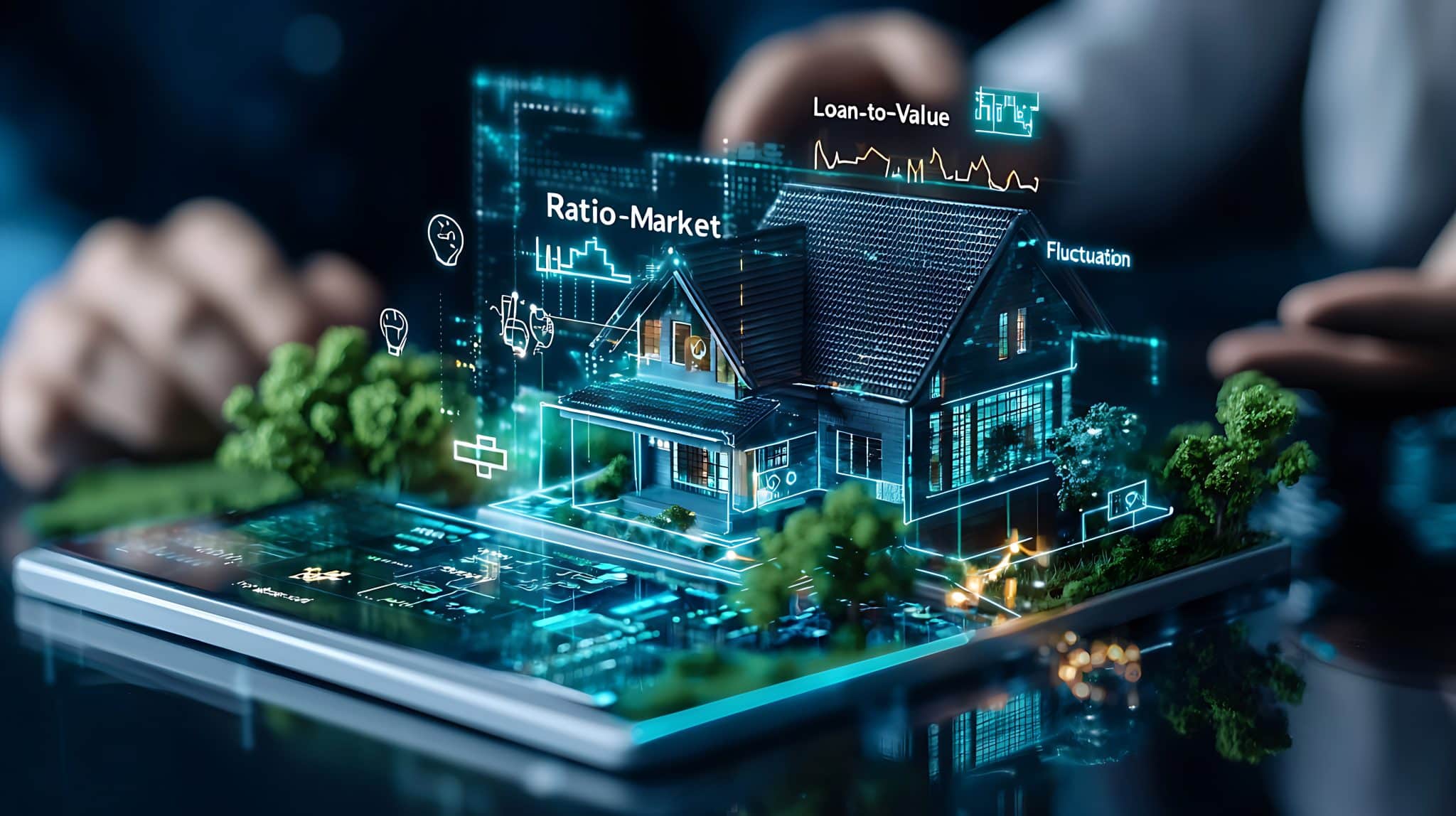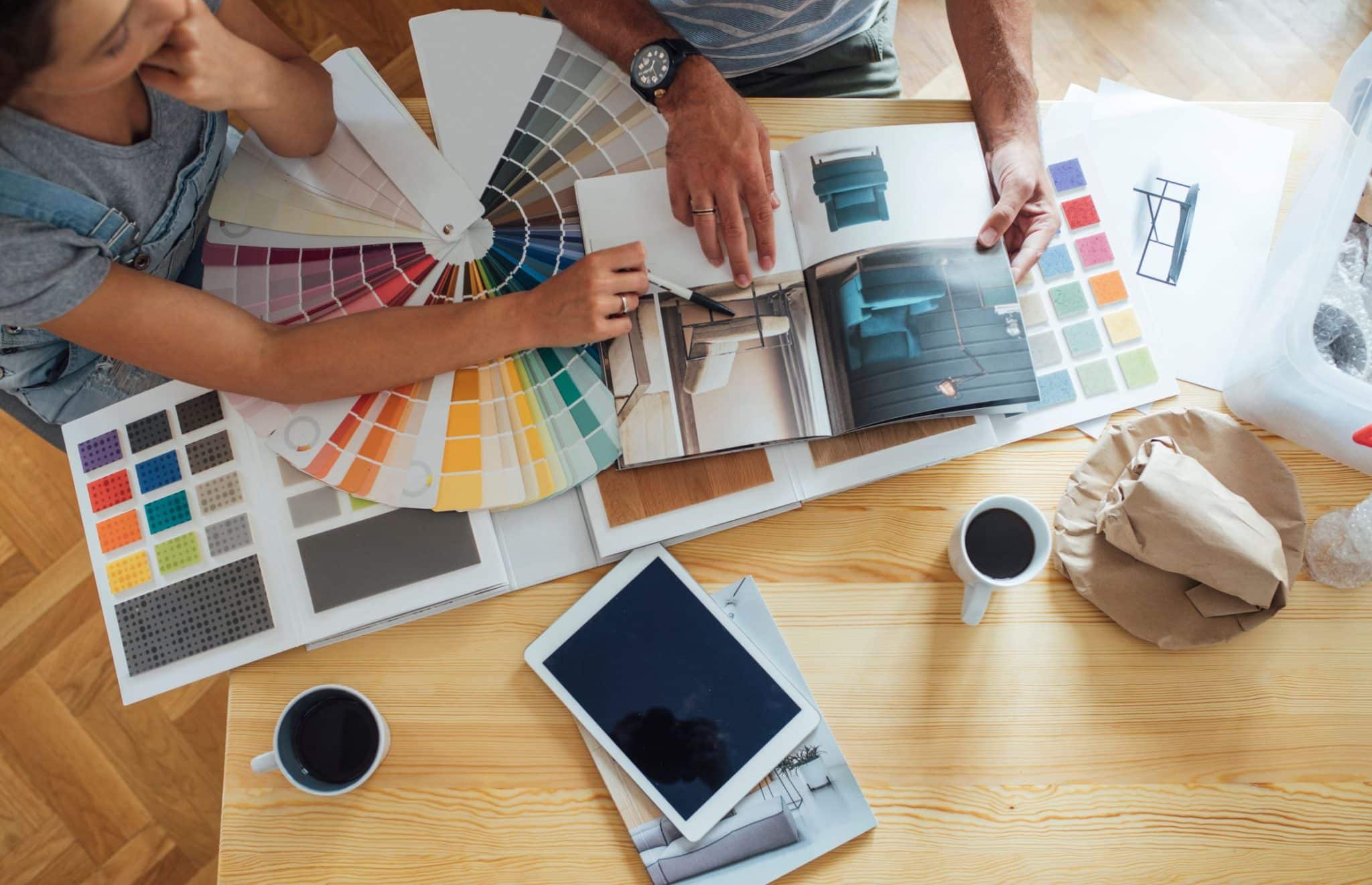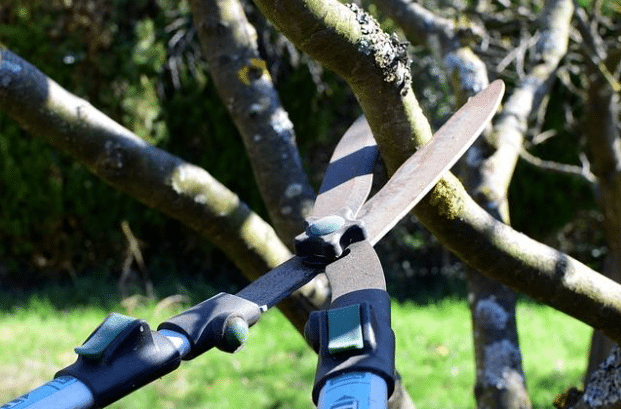Tiny Tech, Grand Viewing: Unveil the Potential of Our Mini Phone Projector
In an era where technology strives to combine compactness with functionality, the mini projector for phones emerges as a quintessential example of this trend. This pocket-sized device has revolutionized how we think about personal entertainment, offering a big-screen experience from the small screens of our smartphones.
The mini projector is not just a gadget; it’s a portal to a world of cinematic pleasure, business presentations, and gaming enjoyment, all in the palm of your hand.
The tiny projector stands out primarily for its remarkable portability, a feature that sets it apart from conventional projectors, often bulky and requiring a fixed installation. These miniature devices redefine convenience, effortlessly fitting into pockets or small carry bags.
This mobility opens up possibilities – from hosting impromptu movie nights in cozy living rooms to delivering spontaneous presentations in classrooms or office spaces. They’re ideal for outdoor gatherings, too, where setting up a traditional projector would be impractical. Furthermore, these projectors are a boon for gaming enthusiasts who can now easily carry their gaming setup to a friend’s house or enjoy an immersive experience anywhere they choose.
The ease of setting up these projectors, combined with their lightweight and compact design, makes them a versatile choice for various activities, transforming any space into a personal cinema or presentation hall in moment.
However, there are a few things to consider when purchasing a tiny projector for your phone. Considerations such as brightness, battery life, and connectivity options are critical.
The setting where you want to use the projector impacts your decision; for example, a projector used largely outdoors may require higher brightness levels than one utilized in dimly lit indoor spaces. But, these are all lame excuses. When you choose a brand like “PIQO”, all hindrances, bottlenecks, and drawbacks regarding a projector are dismantled. FYI, it is a pocket size projector, to be precise a mini portable projector that literally fits in your pocket, and connects with all devices.
With in-built Hi-Fi speakers and Wi-Fi & Bluetooth connectivity, this world’s smallest HD projector stands out in the crowd.
Another feature of the tiny phone projector is its ease of usage. These gadgets, designed with ease of use in mind, can be set up in minutes and easily connect to your phone via numerous means, such as Wi-Fi, Bluetooth, or simple cable connections. The simple interface allows even non-technologists to easily project their favorite entertainment onto any flat surface, transforming it into a dynamic large screen.
Despite their small size, these projectors deliver surprisingly visual quality. Because of advancements in projection technology, many tiny projectors now have HD quality, offering crisp, clear images and rich colors. Because of this, they are appropriate not only for watching videos and movies but also for displaying presentations and graphics with clarity and professionalism.
Personal entertainment is one of the most fascinating applications of small projectors. Consider sleeping under the stars on a camping vacation and watching a movie projected onto the side of your tent or meeting friends for an impromptu gaming session with the game projected onto a large wall. These experiences, formerly restricted to large television sets or professional projection equipment, are now available anytime and anywhere.
The small phone projector is a game changer in the business sector. Carrying a lightweight, portable projector on the road means being prepared to deliver a presentation at a moment’s notice without relying on the availability of traditional projection equipment. It’s a wonderful tool for small firms and traveling sales associates, allowing them to present their work professionally and flexibly.
These projectors also have enormous educational potential. Teachers and educators can utilize them as a tool for participatory learning, taking the classroom outside or to diverse surroundings without being constrained by the limitations of a stationary projector. This mobility can be very useful in engaging pupils and establishing a dynamic learning environment.
Another benefit of the small phone projector is its low cost. While larger, more complex projectors can be expensive, tiny projectors are often less priced, making them more accessible to a wider audience. This low price is not at the expense of quality, as these small gadgets continue to give excellent performance and durability.
To expand on the tiny phone projector’s utility, consider its function in increasing personal hobbies and interests. For example, art enthusiasts can use the projector for tracing, drawing, and projecting images onto canvases and walls to produce large-scale artworks. This program expands the possibilities for creative expression, making art more accessible and scalable.
These projectors provide a unique approach to temporarily modifying areas in the realm of home décor. Birthdays, anniversaries, and even themed events can be enhanced with personalized images or films projected onto walls, providing an immersive ambiance without requiring permanent changes to the decor. This adaptability enables bespoke experiences tailored to each event, enhancing celebrations.
Integration of tiny projectors with other smart home devices opens up new opportunities. The ability to control a projector via a smartphone or voice-activated device increases the whole smart home experience as homes become increasingly networked. Consider syncing your projector with smart lights to create an ambient movie-watching environment or connecting it with your home security system to display real-time surveillance footage as needed.
Regarding technological improvements, future generations of tiny phone projectors are likely to include capabilities such as augmented reality (AR) and virtual reality (VR).
These technologies can change how we interact with digital material by providing more immersive and interactive experiences. An AR-enabled projector, for example, might superimpose digital information on physical items, boosting educational and professional presentations with interactive, three-dimensional graphics.
Another key factor is accessibility. Mini projectors have the potential to democratize access to technology due to their ease of use and low cost, particularly in underserved or distant places. They could be valuable instructional tools in resource-constrained areas, providing access to previously unavailable knowledge and visual learning aids.
Environmental concerns concerning micro-projectors are also being discussed. The energy efficiency of these gadgets is becoming increasingly significant as society grows more concerned about energy usage and sustainability. Future advancements in this technology will likely focus on reducing power consumption and adopting environmentally friendly materials, harmonizing with the global shift toward sustainable technological solutions.
The mobile phone projector is more than simply a smaller version of classic projection technology; it is a versatile, inventive instrument with applications in many areas of life. Its influence extends from personal leisure and artistic pursuits to professional and educational uses.
The potential of these projectors will only grow as technology advances, delivering even more advanced capabilities and applications. The small phone projector is a remarkable technological innovation that promises to continue increasing and revolutionizing our multimedia experiences for years due to its portability, functionality, and affordability.







